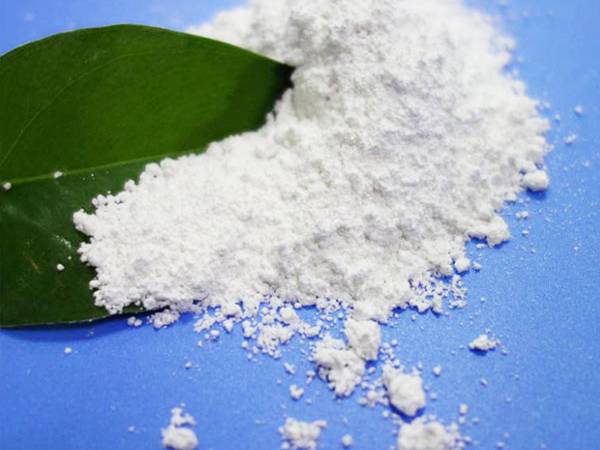



1 m sodium hydroxide sds
Safety Data Sheet for 1% Sodium Hydroxide Solution
Introduction
Sodium hydroxide (NaOH), commonly known as caustic soda, is a highly versatile alkaline compound used in various industrial applications, including manufacturing, cleaning agents, and chemical synthesis. This article provides an overview of the safety data sheet (SDS) for a 1% sodium hydroxide solution, highlighting its properties, hazards, handling procedures, and emergency measures.
Chemical Identification
1% Sodium hydroxide solution is an aqueous solution where sodium hydroxide is dissolved in water to make a dilution of 1% by weight. It is a colorless liquid with a characteristic odor and is highly soluble in water. The CAS number for sodium hydroxide is 1310-73-2. Under the right conditions, sodium hydroxide can react with acids, metals, and organic compounds.
Hazards Identification
The primary hazards associated with a 1% sodium hydroxide solution include severe irritation or burns to the skin and eyes upon contact. Ingestion may lead to corrosive damage to the gastrointestinal tract, while inhalation of mists or vapors may cause respiratory issues. The solution presents a risk not only to human health but also to the environment, as it can alter the pH of water bodies, harming aquatic life.
Composition/Information on Ingredients
- Sodium Hydroxide 1% - Water 99% In this solution, sodium hydroxide is the active ingredient, while water acts as a solvent.
First-Aid Measures
1 m sodium hydroxide sds

In case of exposure, immediate and appropriate first-aid measures are essential
- Skin Contact Remove contaminated clothing and rinse the affected area with plenty of water for at least 15 minutes. Seek medical attention if irritation persists. - Eye Contact Flush eyes with water or saline solution for at least 15 minutes while holding the eyelids open. Seek immediate medical assistance. - Inhalation Move the affected individual to fresh air. If breathing is difficult, provide oxygen or seek medical help. - Ingestion Do not induce vomiting. Rinse the mouth and seek medical assistance immediately.
Fire-Fighting Measures
Sodium hydroxide solutions are not flammable, but they can react with certain materials to produce flammable hydrogen gas. In case of a surrounding fire, suitable extinguishing media include water spray, foam, dry chemical, or carbon dioxide. Firefighters should wear appropriate protective gear, including self-contained breathing apparatus.
Handling and Storage
When handling 1% sodium hydroxide solutions, it is critical to wear personal protective equipment (PPE), including gloves, goggles, and face shields to prevent contact with skin and eyes. Work in a well-ventilated area to minimize inhalation risks. Store the solution in a cool, dry place, away from incompatible materials, such as strong acids, organic materials, and metals.
Exposure Controls/Personal Protection
Employers must ensure exposure controls are in place. Use local exhaust ventilation to keep airborne concentrations of sodium hydroxide below permissible limits. Regularly monitor the workplace for sodium hydroxide levels. Personal protective equipment should comply with regulatory standards, including chemical-resistant gloves and goggles.
Conclusion
A 1% sodium hydroxide solution is widely used in many sectors; however, understanding its properties and hazards is crucial for ensuring safety in its handling and use. By adhering to the guidelines outlined in the safety data sheet, workers can prevent accidents and respond effectively in emergencies. Always prioritize safety and health when dealing with chemical substances.
-
Why Sodium Persulfate Is Everywhere NowNewsJul.07,2025
-
Why Polyacrylamide Is in High DemandNewsJul.07,2025
-
Understanding Paint Chemicals and Their ApplicationsNewsJul.07,2025
-
Smart Use Of Mining ChemicalsNewsJul.07,2025
-
Practical Uses of Potassium MonopersulfateNewsJul.07,2025
-
Agrochemicals In Real FarmingNewsJul.07,2025
-
Sodium Chlorite Hot UsesNewsJul.01,2025










